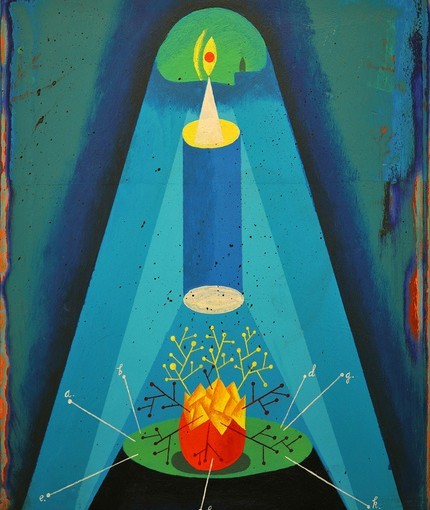This insight had already been proven by Landauer and Bjork, but Wozniak was unaware of their theory of forgetting or of any of the landmark studies in laboratory research on memory. This ignorance was probably a blessing, because it forced him to rely on pragmatic engineering. In 1985, he divided his database into three equal sets and created schedules for studying each of them. One of the sets he studied every five days, another every 18 days, and the third at expanding intervals, increasing the period between study sessions each time he got the answers right.
This experiment proved that Wozniak's first hunch was too simple. On none of the tests did his recall show significant improvement over the naive methods of study he normally used. But he was not discouraged and continued making ever more elaborate investigations of study intervals, changing the second interval to two days, then four days, then six days, and so on. Then he changed the third interval, then the fourth, and continued to test and measure, measure and test, for nearly a decade. His conviction that forgetting could be tamed by following rules gave him the intellectual fortitude to continue searching for those rules. He doggedly traced a matrix of paths, like a man pacing off steps in a forest where he is lost.
All of his early work was done on paper. In the computer science department at the Poznan University of Technology, "we had a single mainframe of Polish-Russian design, with punch cards," Wozniak recalls. "If you could stand in line long enough to get your cards punched, you could wait a couple of days more for the machine to run your cards, and then at last you got a printout, which was your output."
The personal computer revolution was already pretty far along in the US by the time Wozniak managed to get his hands on an Amstrad PC 1512, imported through quasi-legal means from Hamburg, Germany. With this he was able to make another major advance in SuperMemo — computing the difficulty of any fact or study item and adjusting the unique shape of the predicted forgetting curve for every item and user. A friend of Wozniak's adapted his software to run on Atari machines, and as access to personal computers finally spread among students, so did SuperMemo.
After the collapse of Polish communism, Wozniak and some fellow students formed a company, SuperMemo World. By 1995, their program was one of the most successful applications developed by the country's fledgling software industry, and they were searching for funding that would allow them to relocate to Silicon Valley. That year, at Comdex in Las Vegas, 200,000 people got a look at Sony's new DVD technology, prototypes of flatscreens, and Wozniak's SuperMemo, which became the first Polish product shown at the great geek carnival, then at the height of its influence. In Europe, the old communist experiment in human optimization had run its course. Wozniak believed that in a world of open competition, where individuals are rewarded on merit, a scientific tool that accelerated learning would find customers everywhere.
Wozniak's chief partner in the campaign to reprogram the world's approach to learning through SuperMemo was Krzysztof Biedalak, who had been his classmate at the University of Technology. The two men used to run 6 miles to a nearby lake for an icy swim. Biedalak agrees with Wozniak that winter swimming is good for mental health. Biedalak also agrees with Wozniak that SuperMemo produces extreme learning. But Biedalak does not agree with Wozniak about everything. "I don't apply his whole technique," he says. "In my context, his technique is inapplicable."
What Biedalak means by Wozniak's technique is the extension of algorithmic optimization to all dimensions of life. Biedalak is CEO of SuperMemo World, which sells and licenses Wozniak's invention. Today, SuperMemo World employs just 25 people. The venture capital never came through, and the company never moved to California. About 50,000 copies of SuperMemo were sold in 2006, most for less than $30. Many more are thought to have been pirated.
Biedalak and I meet and talk in a restaurant in downtown Warsaw where the shelves are covered in gingham and the walls are lined with jars of pickled vegetables. He has an intelligent, somewhat hangdog expression, like a young Walter Matthau, and his tone is as measured as Wozniak's is impulsive. Until I let the information slip, he doesn't even know the exact location of his partner and friend.
"Piotr would never go out to promote the product, wouldn't talk to journalists, very rarely agreed to meet with somebody," Biedalak says. "He was the driving force, but at some point I had to accept that you cannot communicate with him in the way you can with other people."
